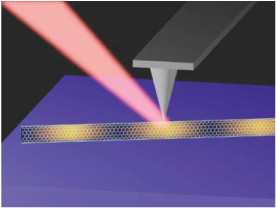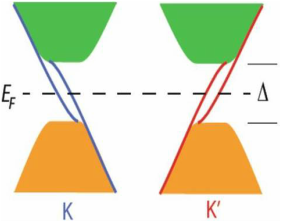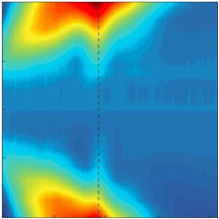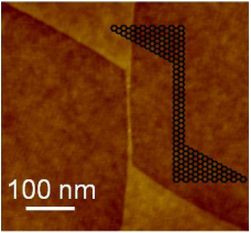Great Opportunities in Light-matter Interaction at the Nanometer Scale
Light-matter interaction lies in the core of condensed matter physics. Studies of light-matter interactions in twentieth century, such as blackbody radiation, hydrogen lines and photoelectric effect, led to the birth of the most important branch of modern physics -- the quantum mechanics. Nowadays, the new developed nanotechnology enables fabrication of nanostructure and therefore nano-optics, where electrons and phonons respond differently to external stimuli, and their behavior can be further tuned by controlling the nanostructure size, shape, composition and local conditions, offering great opportunities to explore new physics.
On the other hand, there is an apparent size mismatch between modern electronic and photonic devices. While current electronic devices are routinely fabricated on the scale of tens of nanometers, photonic devices are limited by the diffraction limit which is comparable to the wavelength of light -- typically a few hundreds of nanometers. Near-field nano-optics aims at exploring new optical phenomena on the nanometer scale, far beyond the diffraction limit of light, studies of which can potentially benefit future photonic technology of data communication and processing.
Research Topics:
Light-matter interaction lies in the core of condensed matter physics. Studies of light-matter interactions in twentieth century, such as blackbody radiation, hydrogen lines and photoelectric effect, led to the birth of the most important branch of modern physics -- the quantum mechanics. Nowadays, the new developed nanotechnology enables fabrication of nanostructure and therefore nano-optics, where electrons and phonons respond differently to external stimuli, and their behavior can be further tuned by controlling the nanostructure size, shape, composition and local conditions, offering great opportunities to explore new physics.
On the other hand, there is an apparent size mismatch between modern electronic and photonic devices. While current electronic devices are routinely fabricated on the scale of tens of nanometers, photonic devices are limited by the diffraction limit which is comparable to the wavelength of light -- typically a few hundreds of nanometers. Near-field nano-optics aims at exploring new optical phenomena on the nanometer scale, far beyond the diffraction limit of light, studies of which can potentially benefit future photonic technology of data communication and processing.
Research Topics:



